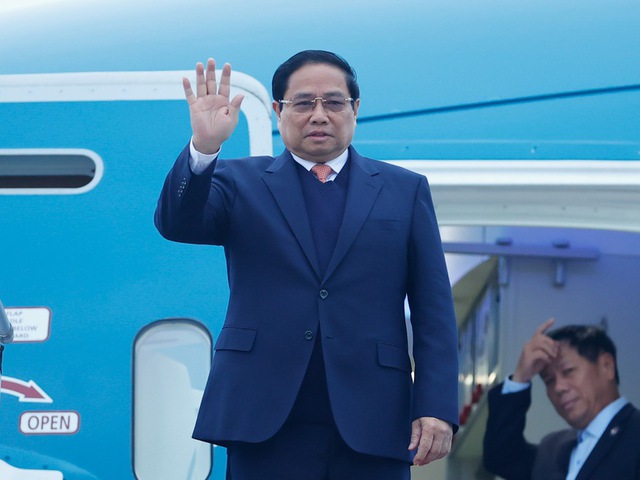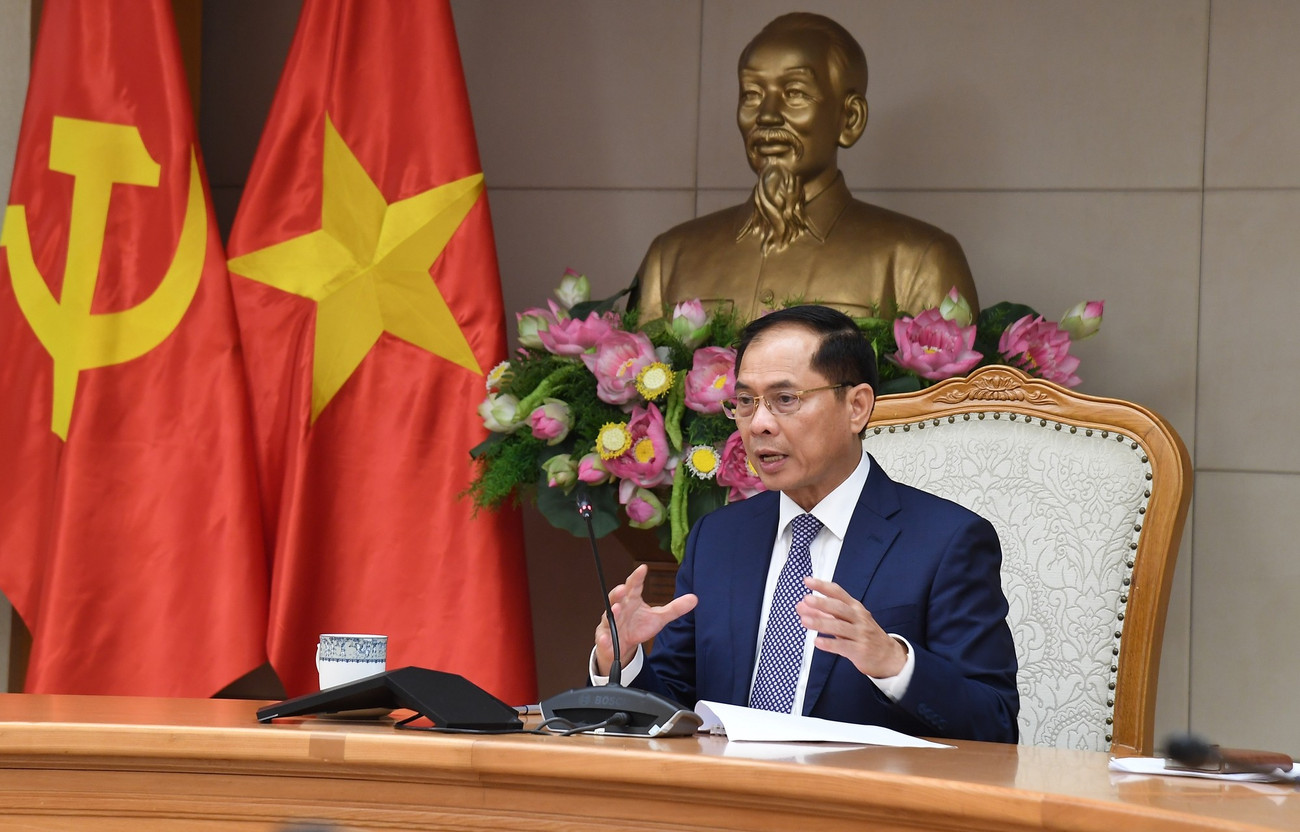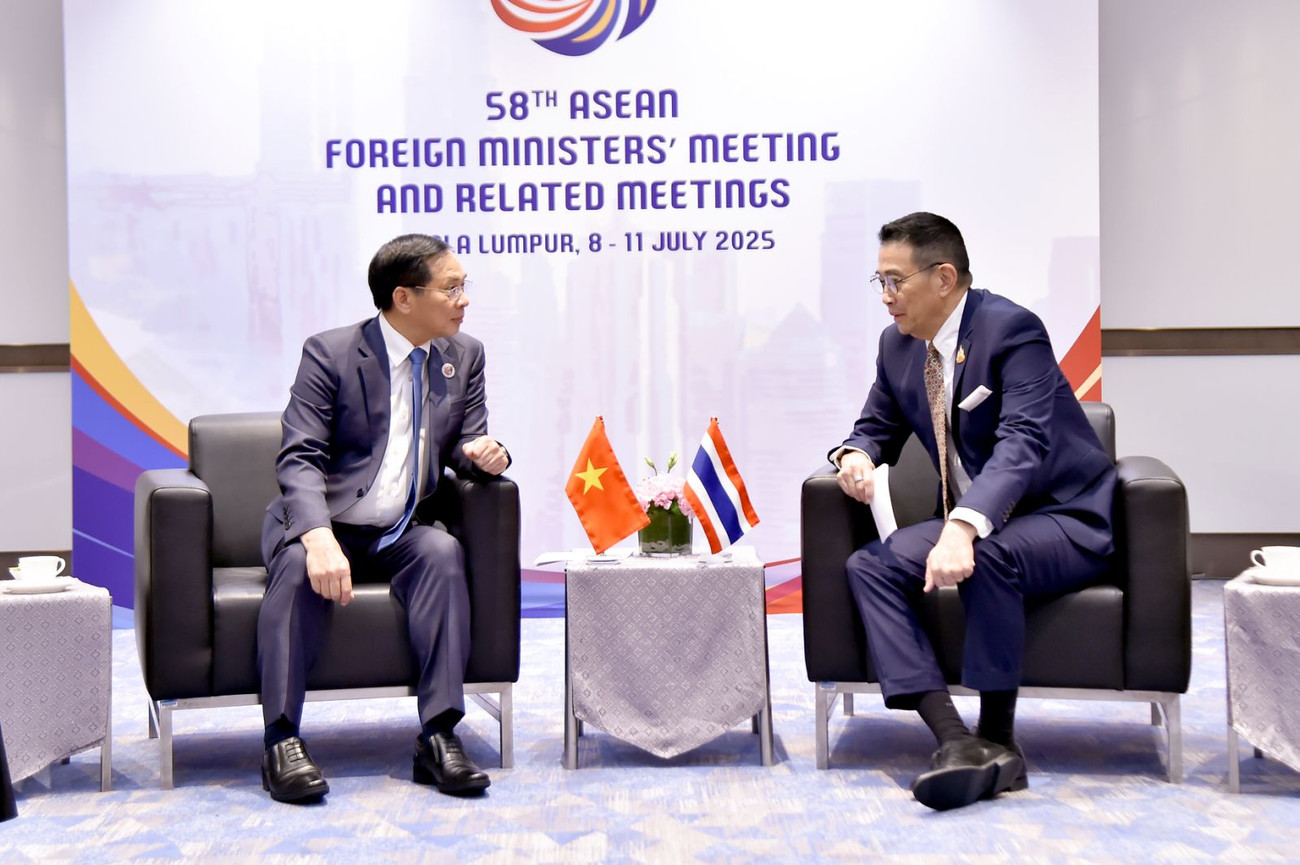MOIT VIETNAM | Vung Ang’s New Gateway: Inauguration of Lao–Vietnam International Port Terminal 3 Boosts Regional Trade and Strategic Connectivity
/ News / Activities
Vung Ang’s New Gateway: Inauguration of Lao–Vietnam International Port Terminal 3 Boosts Regional Trade and Strategic Connectivity
The afternoon sun glinted off the waters of Vung Ang Bay as dignitaries, business leaders, and local residents gathered to witness a moment that may well redefine trade in the Indochinese region. Amid the bustling Vung Ang Economic Zone, the People’s Committee of Ha Tinh, in partnership with the Lao–Vietnam International Port Joint Stock Company, officially inaugurated Terminal 3—a modern maritime gateway promising to expand trade horizons, deepen bilateral ties, and create fresh opportunities for growth.
.jpg)
It was not just another ribbon-cutting. The ceremony bore the weight of history and the promise of the future. The attendance of President of Vietnam Lương Cường and General Secretary and President of Laos Thongloun Sisoulith, along with senior government officials from both sides, underscored the strategic importance of the project.
The Lao–Vietnam International Port Joint Stock Company’s journey is a story of evolution shaped by vision and necessity. Founded in 1992 under the name Ha Tinh Maritime Transport and Trading Company, its original mission was modest yet crucial—operating Xuan Hai Port to serve local trade needs and provide a lifeline for neighboring Laos, a landlocked country eager to connect to the sea.
The early years laid the foundation for a much larger dream. In 2011, guided by the strategic orientations of the two governments, the company took on a new identity: Vung Ang Vietnam–Laos Port Joint Stock Company, with the Government of Laos joining as a shareholder. This was more than a rebranding—it was a declaration that the port would serve as a true bridge between the two nations.
.jpg)
By 2017, as trade ambitions grew and the port’s role expanded beyond bilateral exchanges, the name was changed again to Lao–Vietnam International Port Joint Stock Company, capturing both the regional scope of its mission and the spirit of cooperation driving it forward.
The construction of Terminal 3 was no ordinary infrastructure project—it was a carefully orchestrated effort involving both governments, multiple ministries, and a dedicated team of engineers, workers, and investors. With over VND 1 trillion (more than USD 40 million) invested, the project was completed on time, meeting rigorous technical and safety standards.
The new terminal features a 225-meter berth capable of accommodating ships of up to 45,000 DWT, a significant upgrade that opens the door to larger-scale trade. Its annual cargo handling capacity of 2.15 million tonnes will raise Vung Ang Port’s total throughput from 5 million to 7 million tonnes per year—a leap that could change the logistics map of the entire Mekong subregion.
.jpg)
Strategically positioned along both the North–South transport corridor and the East–West Economic Corridor, Terminal 3 stands at a crossroads of regional commerce, offering faster, more efficient routes for goods moving between Vietnam, Laos, northeastern Thailand, and beyond.
In his address, Lao Deputy Prime Minister Saleumxay Komasith called Terminal 3 “a precious gift that reflects the great friendship, special solidarity, and comprehensive cooperation between the two Parties and States.” His words carried both gratitude and ambition—gratitude for Vietnam’s operational expertise and ambition for Laos to harness this gateway to strengthen its economy.
Vietnamese Deputy Prime Minister Nguyễn Chí Dũng struck a similar chord, describing Terminal 3 as “more than concrete and steel—it is a living symbol of trust and strategic foresight.” He noted that the terminal’s location enables it to function as both a national asset and a regional hub, capable of drawing investment, generating jobs, and fostering innovation.
He urged businesses to seize the momentum by investing in complementary infrastructure and services within the Vung Ang–Son Duong Port complex, emphasizing that the region’s geographic advantages—deep-water access, proximity to key trade routes, and intermodal connectivity—offer unparalleled opportunities.
For Laos, the terminal is nothing short of transformative. Without a coastline, Laos has long faced logistical challenges that drive up transport costs and limit trade competitiveness. Through Vung Ang Port, it now gains direct access to international maritime routes, bypassing the overland bottlenecks that have constrained its growth.
.jpg)
This access could reshape Laos’s economic trajectory—lowering export costs for agricultural and industrial goods, attracting foreign investment, and enabling the country to integrate more deeply into ASEAN and global supply chains. For Lao businesses, the sea is no longer a distant horizon but a reachable doorway to the world.
Terminal 3’s debut comes at a pivotal time. As the world seeks to rebound from the pandemic’s economic disruptions, efficient and resilient trade infrastructure is more valuable than ever. The new terminal promises to accelerate post-pandemic recovery by increasing cargo flow, reducing transit times, and expanding market reach for businesses across the region.
Its benefits are not abstract. More ships mean more dockworkers. More cargo means more trucking, warehousing, and logistics services. And every shipment handled is another link in a chain that stretches from the rice fields of Laos to the industrial zones of Vietnam, and onward to the ports of East Asia and the Middle East.
Ultimately, Terminal 3 represents more than a technical upgrade—it is a declaration of intent. It signals that Vietnam and Laos are committed to turning their geographic proximity and political trust into tangible economic prosperity.
As the first cargo ships tie up at its docks and the cranes swing into motion, Terminal 3 will stand as a testament to what two nations can achieve when they align vision with action. It will not just move goods—it will move economies, livelihoods, and the shared destiny of the region. In the years ahead, the waters of Vung Ang will likely carry more than just freight. They will carry the story of two neighbors who built a bridge across the sea—one that promises to remain open for generations to come.
-
/ News / Activities
Prime Minister Pham Minh Chinh’s Strategic Visit to Laos Marks New Chapter in Bilateral Relations
Prime Minister Pham Minh Chinh’s official visit to the Lao People’s Democratic Republic and his co-chairmanship of the 47th meeting of the Vietnam–...
-
/ News
Deepening Cooperation, Strengthening Regional Unity
On the afternoon of July 28, 2025, at the Government Headquarters in Hanoi, Deputy Prime Minister and Minister of Foreign Affairs of Vietnam, Mr. B...
-
/ News / Activities
Vietnam and Laos Accelerate Toward Deeper Regional Integration and Unprecedented Trade Growth
In an era where regional connectivity and economic resilience are critical pillars for national development, Vietnam and Laos are emerging as a mod...





